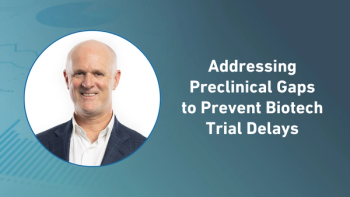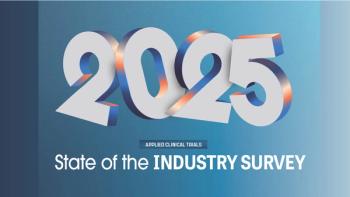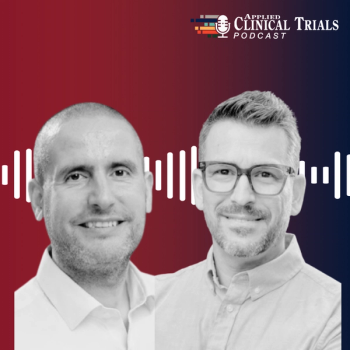
- Applied Clinical Trials-06-01-2009
- Volume 0
- Issue 0
Modernizing Study Enrollment
Using predictive modeling to combat the challenges of study enrollment.
Faced with regulatory uncertainty and an economy struggling to stabilize, pharmaceutical companies face increasing pressure to bring new drugs to market on time and on budget. Meeting enrollment goals is one critical success factor for addressing these pressures. But enrollment has its own challenges. A lack of a standardized enrollment business process and little transparency of projected outcomes are some of the issues that contribute to enrollment difficulties. In addition, many organizations fail to utilize predictive analytics technologies to identify problems before they rear their ugly head. The end result is a clinical trial peppered with problems and delays.
Jim Scullion
Everyone in the industry is familiar with the data that indicate the average costs in bringing a new drug to market today exceed $1 billion. And delays in clinical enrollment is a significant contributor to overall trial costs and delays.
To improve trial performance and transparency, life science companies need to stop relying on manual and inconsistent processes, instinct, and last minute changes and utilize technologies that apply predictive modeling to help them stay on course during the enrollment process.
Today's predictive modeling and optimization software applications allow organizations to apply a standardized approach to run simulations and plot scenarios, to collaborate and share best practices, even on a global level.
A realistic view
Many study managers still rely on spreadsheets and dashboards as opposed to predictive modeling and optimization software solutions. As a result, study teams often experience inconsistent enrollment plans, inaccurate forecasts, and costly rescue strategies.
For example, study teams that use Excel documents to generate enrollment forecasts usually estimate with a linear path of "X" patients per week for "Y" months. This method can produce forecast errors of up to 40% because the reality is that enrollment follows more of an "S-Curve," to reflect the initial ramp-up and subsequent slow down of enrollment by site investigators.
The result is an enrollment plan that is limited and disconnected from the business process. A good enrollment plan is key to uncovering valuable insights and potential pitfalls and completing the patient enrollment process on time.
Sound solutions
Factors including subject availability and drug reactions can alter enrollment performance and require adjustments to even the best laid plans. Solutions that can predict, simulate, and model different scenarios help study teams formulate better resource allocation and intervention decisions.
Utilizing predictive modeling and optimization software enables life science companies to target inefficiencies and the causes of inconsistent results. The best solutions help optimize enrollment by automating the process through planning, tracking, diagnosing, and adjusting problems before they cost money. They also enable collaboration and real-time decision making across global teams.
Solutions that seamlessly integrate business process automation, predictive modeling, and simulations are becoming invaluable to life science companies seeking to improve the performance and predictability of their enrollment efforts and overall development operations.
Articles in this issue
over 16 years ago
Raising the Bar on Subject Recruitmentover 16 years ago
New FDA Liaison Opens Upover 16 years ago
Successful Outsourcing: Tracking Global CRO Usageover 16 years ago
Simulation: A Critical Tool in Adaptiveover 16 years ago
Medical Device Complianceover 16 years ago
Pressure Mounts to Involve Elderlyover 16 years ago
Latin America's Trials Climateover 16 years ago
Top 5 Mistakes of RFP Writingover 16 years ago
Treating Stress in Patients in Europeover 16 years ago
eClinical Software: June 2009Newsletter
Stay current in clinical research with Applied Clinical Trials, providing expert insights, regulatory updates, and practical strategies for successful clinical trial design and execution.






.png)



.png)



.png)
.png)
